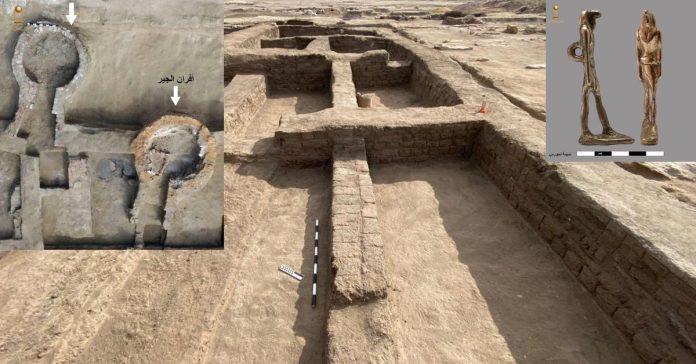North Sinai, Egypt — Recent excavations at the Tell Abu Saifi site have revealed important insights into Egypt’s ancient military architecture and industrial activities. The Egyptian archaeological mission, led by the Supreme Council of Antiquities, uncovered remnants of military fortifications, residential units for soldiers, and a defensive trench. These findings suggest the existence of a third ancient fortress in the area.
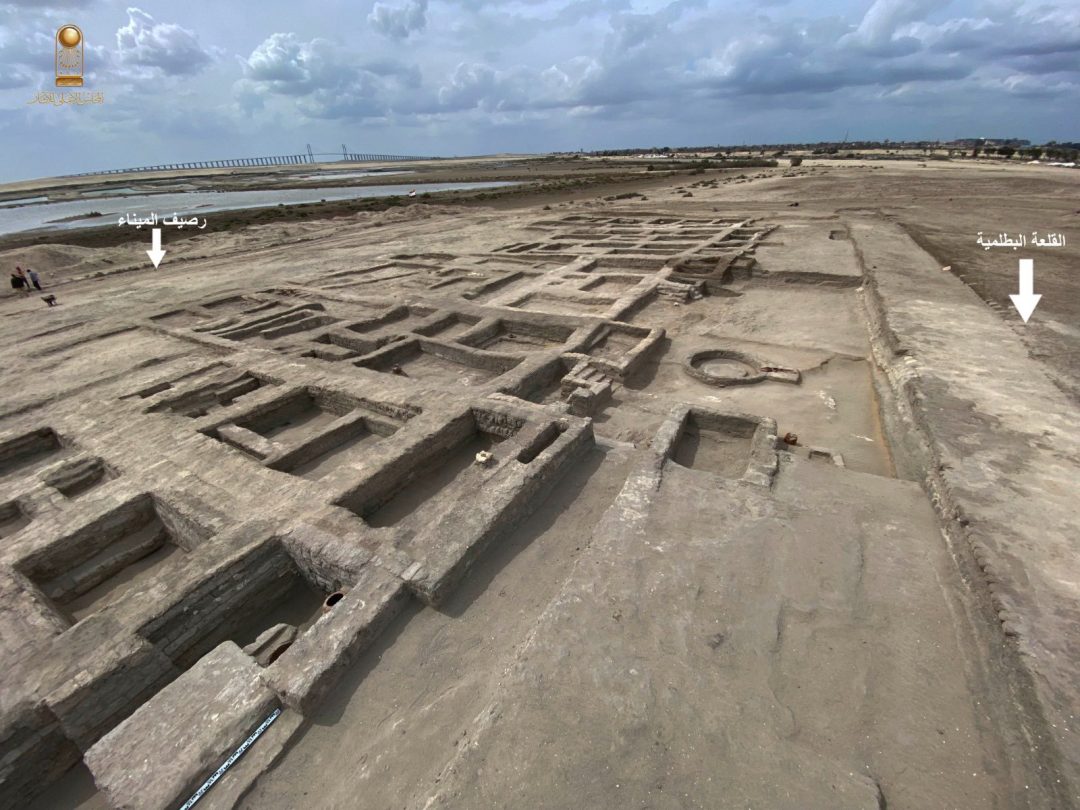
Strategic Significance of Tell Abu Saifi
Minister of Tourism and Antiquities, Mr. Sherif Fathy, emphasized the importance of these findings, stating that they provide fresh perspectives on Egypt’s eastern military fortifications during the Ptolemaic and Roman periods. He highlighted Tell Abu Saifi’s historical role as a key military and industrial hub across different eras.
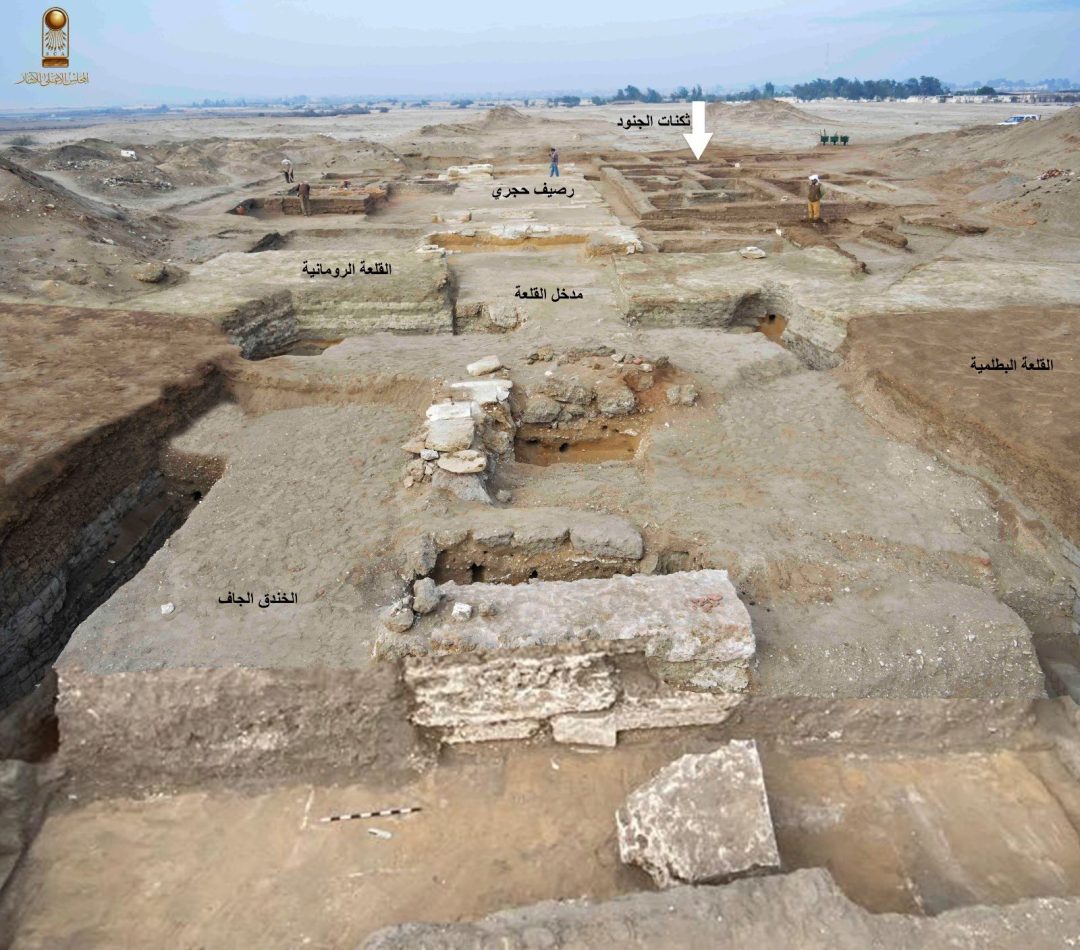
Dr. Mohamed Ismail Khaled, Secretary-General of the Supreme Council of Antiquities, noted that these discoveries contribute to constructing a more accurate map of Egypt’s ancient eastern defenses. He reiterated Sinai’s enduring role as Egypt’s eastern gateway and first line of defense.
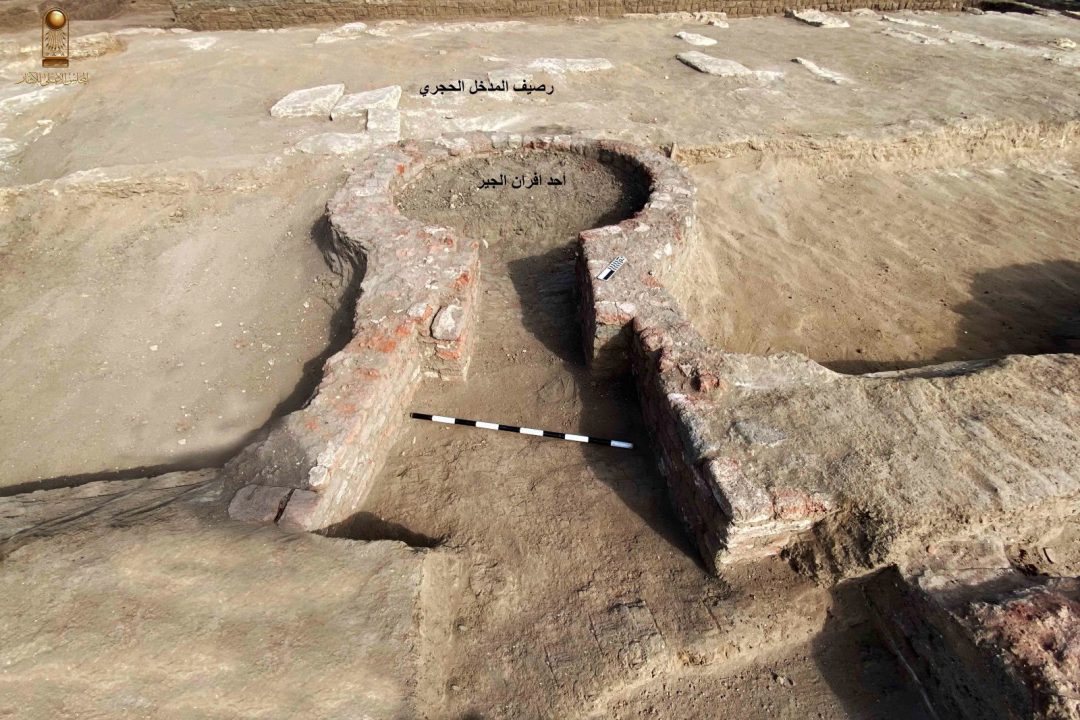
Architectural and Industrial Discoveries
The excavation revealed distinct architectural designs of the eastern gates of the previously discovered Ptolemaic and Roman fortresses. Archaeologists also found a large defensive trench—over two meters deep—at the entrance of the Ptolemaic fortress, which they believe was part of a tactical defense system activated during times of threat.
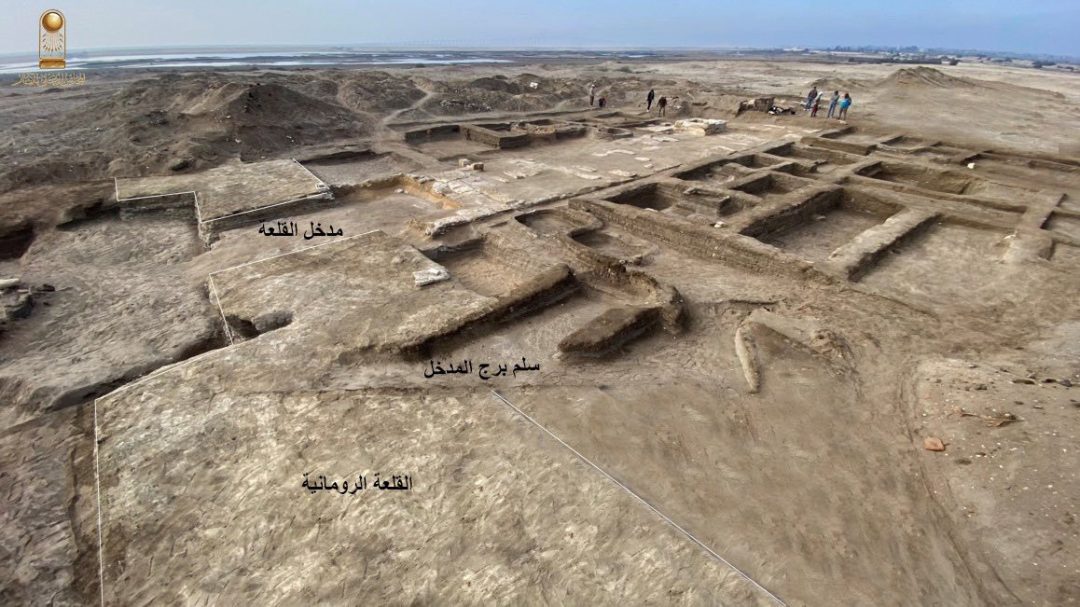
Mohamed Abdel-Badie, Head of the Egyptian Antiquities Sector, reported the discovery of a paved limestone road, 11 meters wide and over 100 meters long, extending from the eastern gate of the Roman fortress into the heart of the site. Workers built this road atop an older Ptolemaic-era route, also made of limestone slabs
Archaeologists uncovered more than 500 circular clay formations along both sides of the road, which likely once held ornamental trees that adorned the fortress entrance during the Ptolemaic era. Additionally, they discovered Roman-era soldier barracks, providing valuable insights into the daily lives of stationed cavalrymen during the reigns of Emperors Diocletian and Maximian.
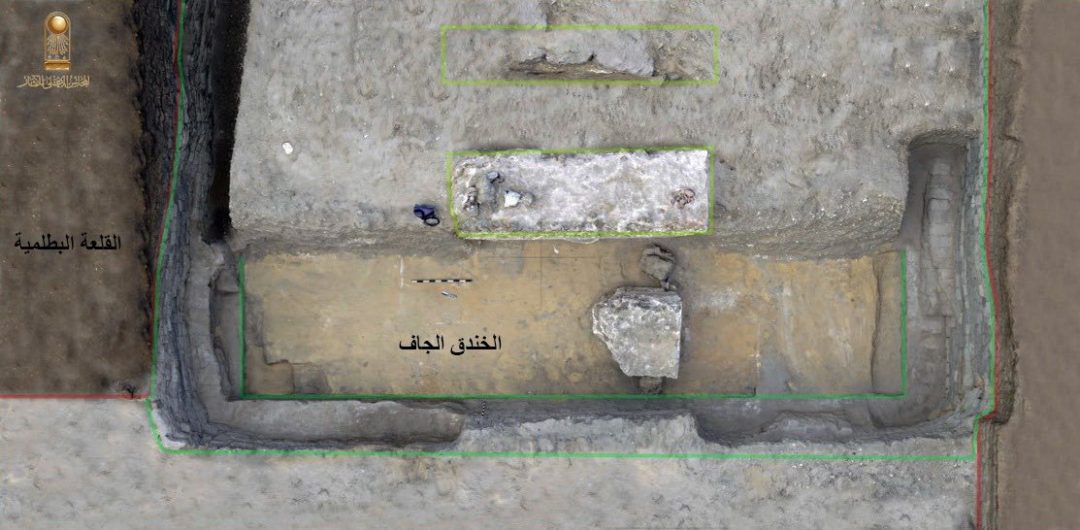
The excavation also revealed four large kilns used for producing quicklime, suggesting that the site evolved into a significant industrial center by the end of the Roman period, ultimately leading to the destruction of the original stone structures.
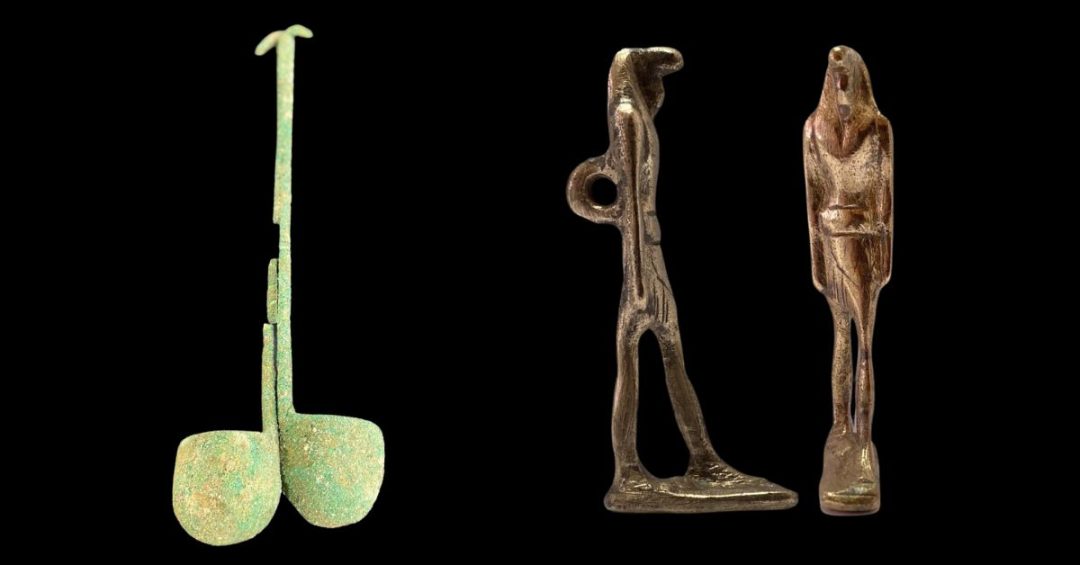
Potential Discovery of an Older Fortress
Dr. Hesham Hussein, Director of the Sinai Antiquities Department and head of the excavation mission, stated that a newly discovered trench points to the potential existence of an even older fortress, predating the Ptolemaic and Roman structures. The four corners of this ancient structure have been located, and efforts are underway to determine its precise age. The team also found rectangular, layered buildings that served as long-term residences during the Ptolemaic period.
Historical Context of Tell Abu Saifi
Tell Abu Saifi is considered one of Egypt’s most strategic archaeological sites. Historically, it played a crucial role in protecting the country’s eastern frontier. With the shifting course of the Nile and the receding coastline over time, the region’s strategic importance gradually moved from Tell el-Hebua (ancient Tharu) to Tell Abu Saifi.
These discoveries not only enhance our understanding of Egypt’s military history but also underscore the region’s significance as a center of industrial activity during ancient times. Continued excavations are expected to provide further insights into the complex history of Egypt’s eastern defenses.

